Arthritis is an inflammation of the joints that causes pain and discomfort, reducing an individual's mobility. Any joint in the body can have Arthritis, including the joints in the foot and ankle. With many kinds of Arthritis, the joints wear down over time, causing the cartilage to deteriorate and the bones to rub against each other. In advanced cases, the inflammation may result in complete damage of the affected joints. The risk of getting arthritis increases with age.
Arthritis is the primary target for people over the age of 50, and a major cause of foot pain because each foot has 33 joints that can become affected by the disease.
TYPES OF ARTHRITIS
There are three common forms of Arthritis that affect the joints in the foot and ankle:
- Osteoarthritis
- Rheumatoid Arthritis
- Gout Arthritis
OSTEOARTHRITIS
Osteoarthritis is also known as "post-traumatic Arthritis" and is a non-inflammatory condition caused by abnormal wear and tears such as fractures, traumatic injuries, and severe sprains, which thins the cartilage within the joints. The lack of cartilage causes the bones to grate against one another, resulting in pain, discomfort, and mobility, affecting its stability and alignment.
- 17% of adults over the age of 60 have pain in their feet from Osteoarthritis
- 7.8% of total foot Osteoarthritis is found in the first metatarsal joint (in the ball of the foot) that connects your big toe

GOUT ARTHRITIS
Gout Arthritis is primarily caused by excessive amounts of uric acid. Uric acid is a waste product produced when we attempt to process rich foods such as meat and poultry. Gout develops when the levels of uric acid are too high to be broken down. This surplus acid forms pin-like crystals in the joints, causing inflammation and pain.
The big toe joint is commonly the focal point due to the stress and pressures it experiences during walking and other weight-bearing activities. This often leads to severe pain in the big toe. First metatarsal Osteoarthritis is associated with the development of Gout of the big toe joint, causing it to become red and swollen. Men are more likely to develop gouty arthritis than women.
Gout Attacks
Patients with Gout Arthritis can experience sudden attacks of excruciating pain.
- Burning sensation
- Occur with little or no warning
- Often at night

RHEUMATOID ARTHRITIS
Rheumatoid Arthritis is an auto-immune disease caused by the body's own immune system wrongly attacking the joints. The malfunctioning immune system releases enzymes that attack the lining of the membranes that line the inner surface of the joints. This causes inflammation which can lead to the destruction of the cartilage and bones that become painful and deformed.
Rheumatoid Arthritis can develop at any age and there is no known cause for this condition. It is the most crippling form of the disease that can affect people of all ages.
- 85% of patients will have pain in the feet and ankles at some point during their lifetime
- 50% of patients will have significant Arthritis

SYMPTOMS OF ARTHRITIS
Osteoarthritis, Gout, and Rheumatoid Arthritis can cause pain, tenderness and stiffness in the joints of the feet and ankles. Gout and Rheumatoid Arthritis are also known to cause deformities in the joints.
- Stiffness in the joints of feet and ankles
- Decreased range of motion
- Tenderness
- Pain
- Swelling
- Warmth
Additional Symptoms of Rheumatoid Arthritis
The inflammation caused by Rheumatoid Arthritis can cause the following deformities:
-
Bunions
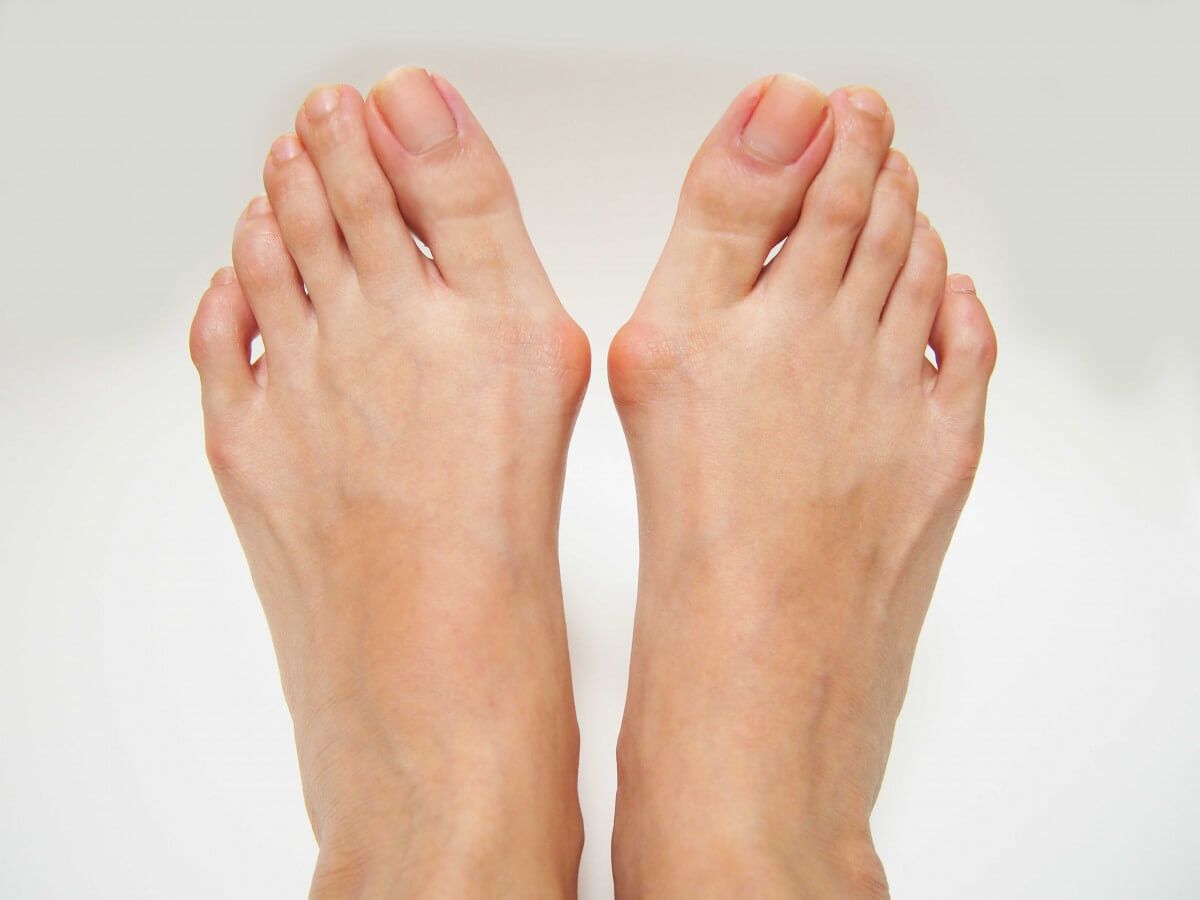
- Hammer toes

-
Claw toes

TIPS TO HELP RELIEVE ARTHRITIS PAIN
Here are a few tips to help ease the pain and stiffness in your feet and ankles:
- Choose orthotics that support your feet
- Chose comfortable footwear
- Wear compression socks to help reduce swelling
- Maintain a healthy weight to avoid additional stress on joints
- Exercises and stretches
- Applying ice or heat
In addition, drinking more water and eating fewer rich foods can help treat Gout Arthritis can be treated to help reduce the symptoms.
ORTHOTICS FOR ARTHRITIS
Orthotics can help relieve pain and reduce symptoms of mid-foot Arthritis and Rheumatoid Arthritis.
A study found that patients with mid-foot Arthritis who used orthotics for four weeks felt pressure on the mid-foot relieved by 20%. Patients also reported that the overall foot function improved by an average of 12%.
A study shows that patients with Rheumatoid Arthritis who used orthotics for three months felt their pain reduced, their step and stride length increased, and their energy expenditure decreased. Additionally, orthotics with increased cushioning have been found to significantly reduce foot pain for patients with Rheumatoid Arthritis and Metatarsalgia when used over a one-month period.
HOW TO CHOOSE THE BEST ORTHOTICS FOR ARTHRITIS PAIN
Aetrex Memory Foam Orthotics with superior cushioning can help relieve foot pain caused by arthritis.
Aetrex Orthotic Features:
- Signature arch support helps align the body correctly to prevent stress on the knees, back, hip and foot
- A thick premium memory foam layer helps provide superior cushioning & comfort
- Helps redistribute pressure on areas that are prone to pain
- Helps absorb shock to protect the foot and prevent injuries
- Helps provide stability & support to keep the feet in place
BEST ORTHOTICS FOR ARTHRITIS PAIN
HOW TO CHOOSE THE BEST SHOES FOR ARTHRITIS PAIN
Unsupportive shoes can worsen pain in the foot and ankle. There are two important features a shoe needs to help alleviate arthritis pain: memory foam cushioning and wide width. Along with superior arch support, Aetrex Shoes have supportive features built-in.
Aetrex Shoe Features:
- Aetrex signature arch support
- Wide widths for extra comfort
- Memory foam to evenly distribute weight and provide ultimate comfort
- Shoe laces and straps for full adjustability
- Padded heel to reduce discomfort and blisters
- Stretchy materials for additional comfort and more room inside the shoe when needed
- Met bar pod to help relieve ball of foot discomfort or stress

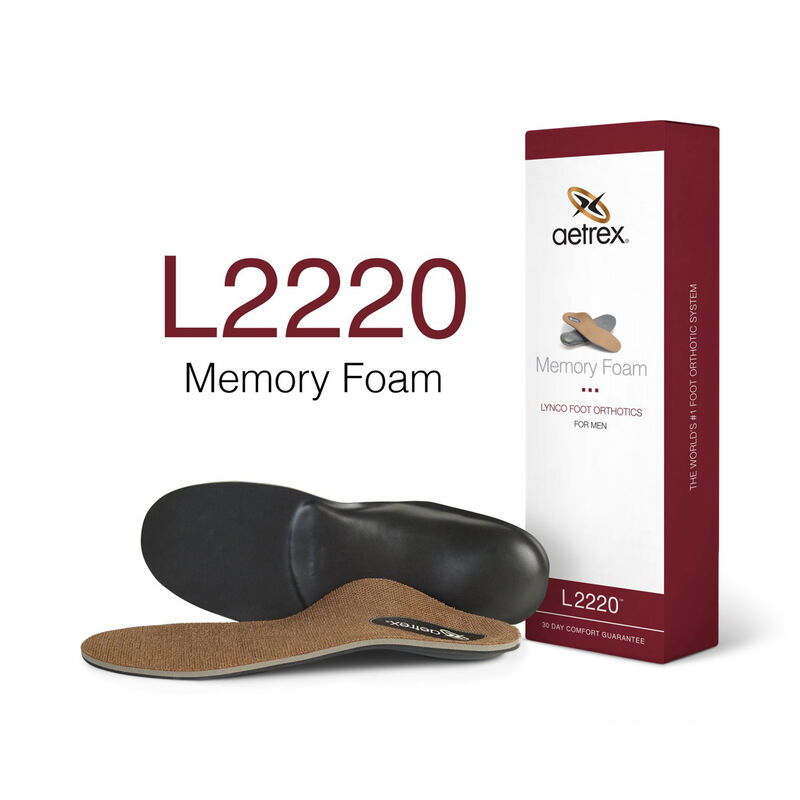
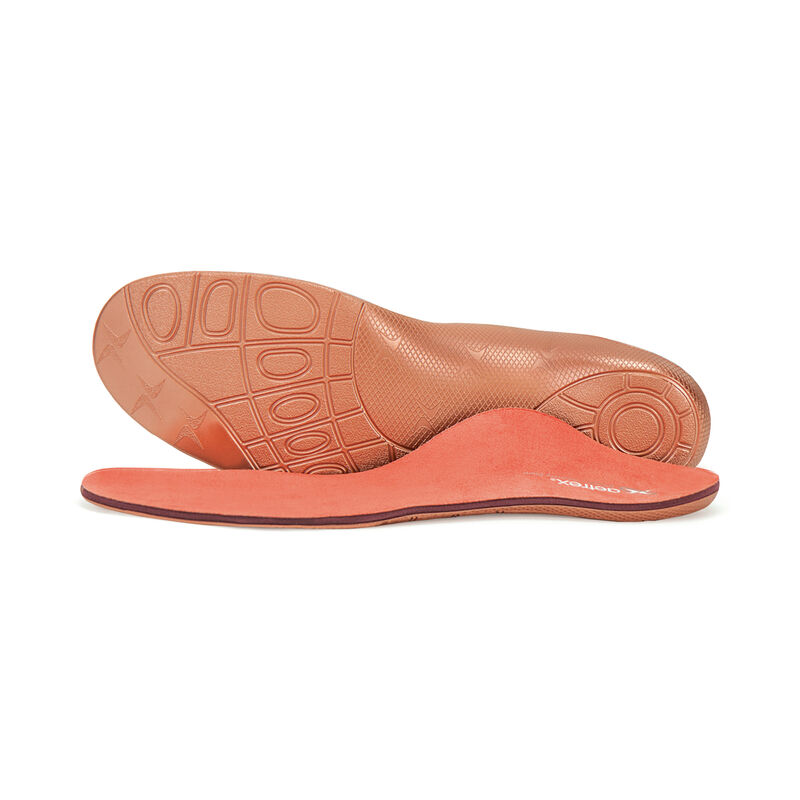
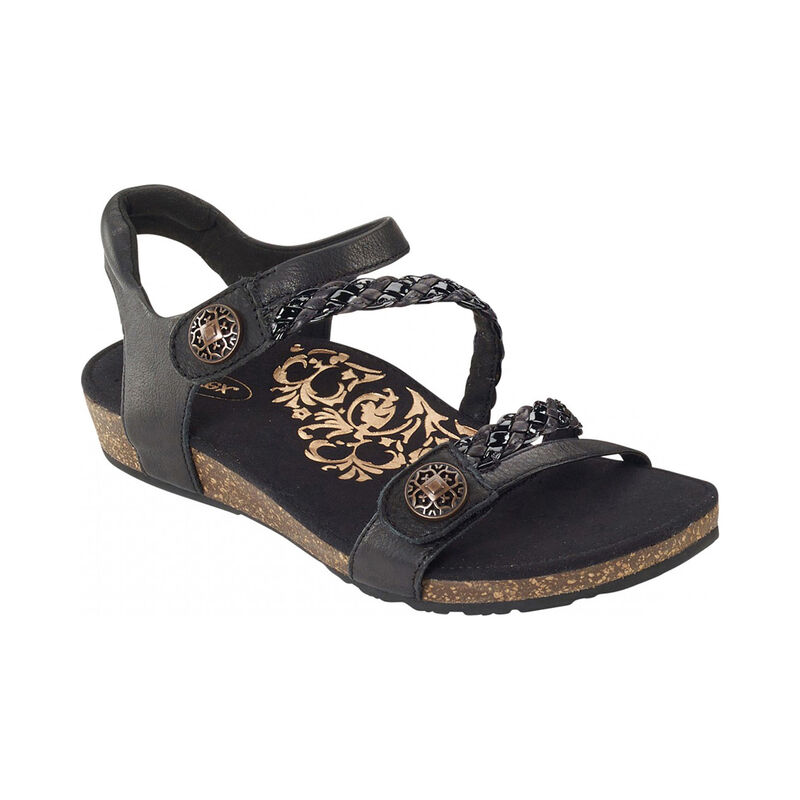
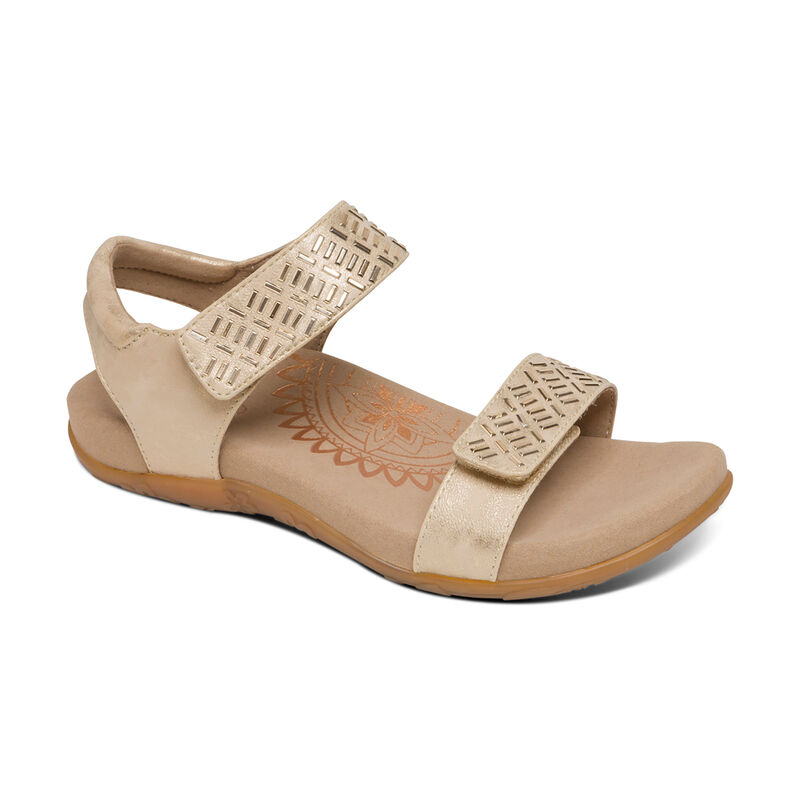

Share:
Obesity: How It Impacts Your Feet and Best Orthotics & Shoes
Bunions: Causes, Symptoms, Orthotics & Shoes